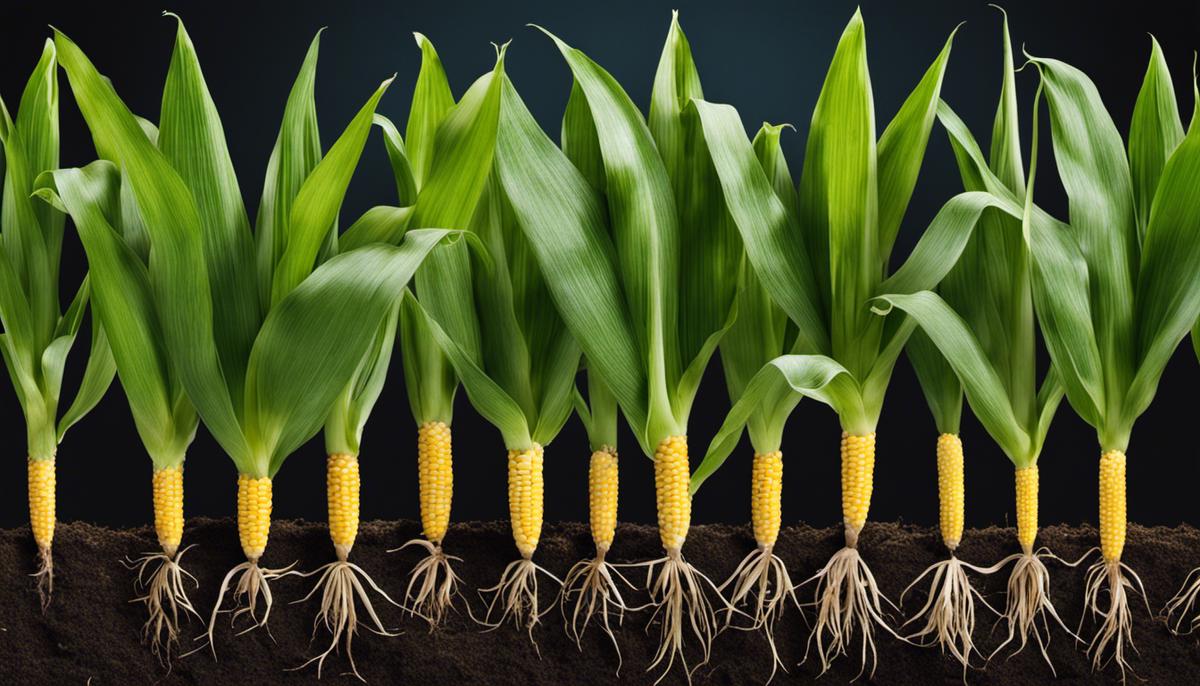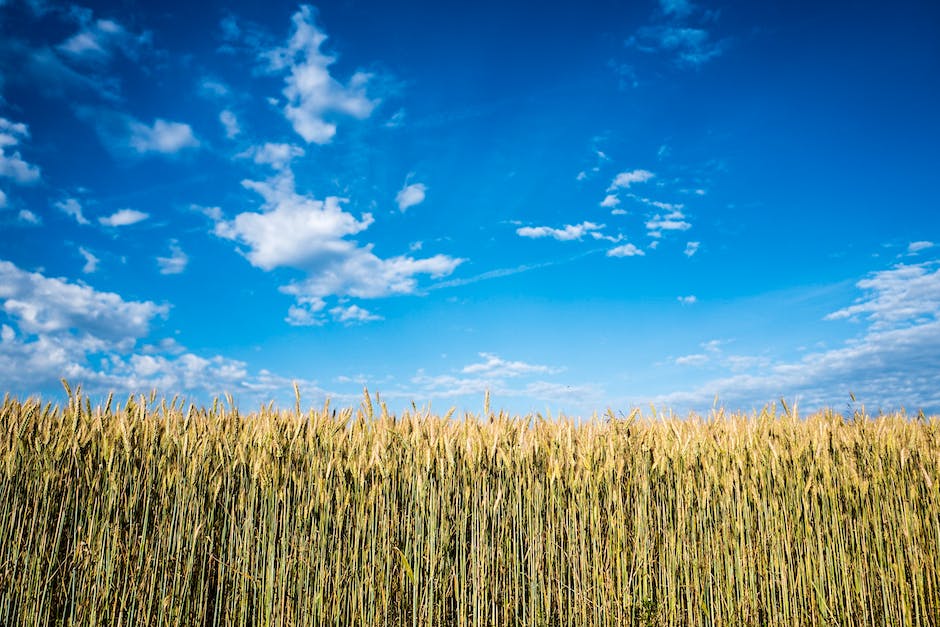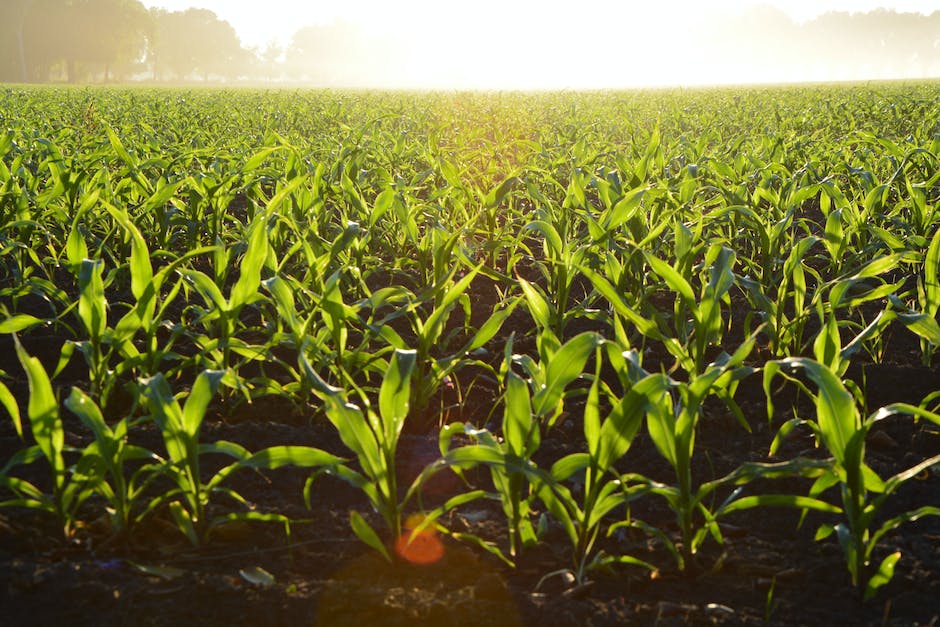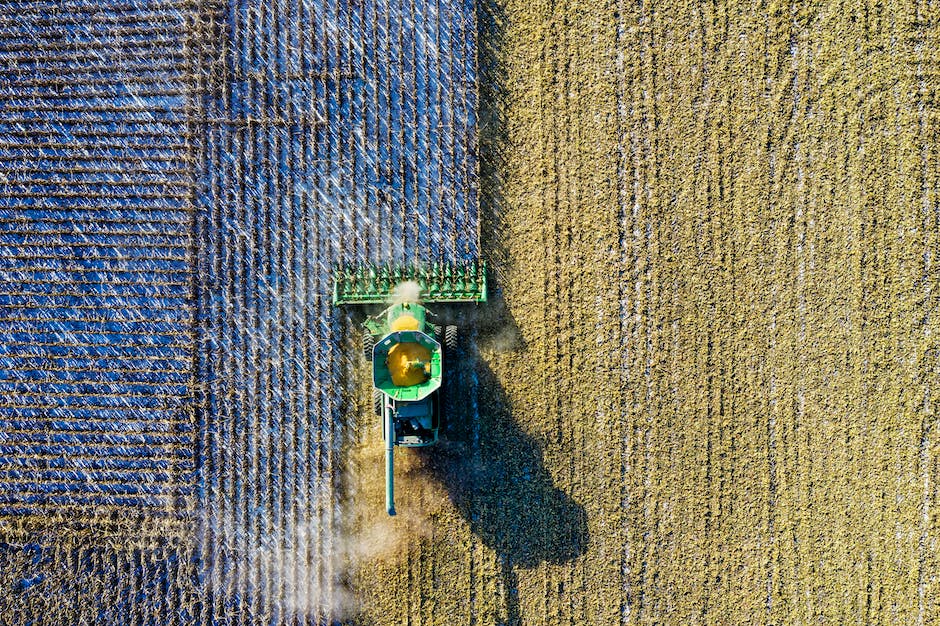Checking When Corn is Ready for Harvest

As the vast expanses of green begin to fade to golden hues, it’s an indication of the impending corn harvest season. Depending upon factors like variety, planting time, and weather conditions, corn fields transform from lush green to harvest-ready gold. This essay succinctly unravels the intricate stages of corn growth, from germination to the final ‘dent stage’, explaining the biological processes. Gleaning insight into the signs of corn maturity, such as kernel denting, husk condition, and natural ear drooping, you’ll be able to identify the optimal harvest time. Not only that, but you’ll also familiarize yourself with the ‘milk line’ and ‘dry down’ tests that gauge the kernel moisture content, a crucial parameter in determining harvest readiness.
Understanding Corn Growth Stages
Below are the key stages of corn growth explained. Truly appreciating the magic of corn cultivation starts right from the first day the seed is planted to its final destination – golden ears of corn swinging gently in the wind. Here’s diving headlong into the fascinating and detailed journey of corn growth!
- Germination: This is the inaugural stage of corn growth. With the right amount of moisture and warmth, seed germination begins within 5 to 12 days after the seed is planted in the soil. At this stage, it’s essential to provide proper irrigation and drainage to promote optimal germination.
- Seedling (VE to V2): Over the next three weeks, the seed metamorphoses into a seedling. At this stage, you’ll notice the first leaf known as the Coleoptile leaf, appearing from the soil. With two leaf collars showing, the corn would reach the V2 stage. Correct nutrient management during this phase is critical, as it could dramatically affect corn yield performance.
- Vegetative stage (V3 to VT): This is where things really start to get exciting. Over the next 4 to 8 weeks, every 3 to 4 days will see a new leaf emerge. Interestingly, this is also when the number of kernel rows and ears/corn plant are determined, offering ample opportunity for corn yield optimization.
- Tassel emergence (VT): A pretty spectacular stage to witness, the tassel, essentially the topmost part of the corn plant, appears, marking the beginning of the VT stage. With all vegetative stages now complete, corn plants move on to the reproductive phases, where kernels will start to form.
- Silking and pollination (R1 and R2): Arguably the most critical stages in corn’s life cycle, Silking and Pollination are when fertilization occurs. Pollen falls from the tassels to the silk strands extending from the ears, resulting in fertile kernels. It’s here that corn’s genetic potential for yield is determined.
- Milk to dent stage (R3 to R5): In this phase, all that pollination effort pays off. Beginning with the ‘milk’ stage, where kernels resemble milky-white blisters, progressing through the ‘dough’ stage where starch begins to accumulate, ultimately ending with ‘dent’, where kernels harden and a small dent appears at the top.
- Maturity (R6): The grand finale of corn growth, this marks the completion of physiological maturity. Here, the kernel is filled with hard starch, and the black layer appears at the base of the kernel, signifying that the corn merchandise is ready for harvest.
There you have it, a fast-track journey from seed to harvest. Monitoring these stages and understanding the intricate process can greatly enhance corn yield and quality. Happy farming!

Identifying Proper Harvest Time
The Pinnacle Moment: Perfect Timing for Corn Harvest
So, you’ve navigated through the beautiful ballet of corn’s life cycle, from an infant seed on a warm spring day to a fully fledged cob, shimmering in the golden light of summer. Now, the grand finale awaits – harvest time! Knowing when this ‘pinnacle moment’ has arrived can be the difference between nibbling on a freshly harvested delight and suffering the frustration of overripe kernels. And it’s not as complicated as it might sound. Let’s demystify the corn harvest timeline together.
While the maturity stage (R6) is essential since it indicates the end of kernel growth, it’s not your key to start harvesting. Let’s break it down. In essence, corn harvest is all about moisture content. If it’s too high, the kernels might ferment and spoil; too low, and it’s dry and crumbly. So, what’s the goldilocks zone for corn moisture content, you ask? Well, typically, it’s around 15-20%.
Now, the burning question on your mind might be: “How do I measure moisture content?” Fear not! No high-end laboratory equipment is needed, just a piece of the old kernel between your teeth will do. The key is to practice denting the kernels. If the corn easily dents when pressure is applied, hold your horses, it’s still too moist. But if it’s hard enough to give your teeth a little resistance, yet soft enough to chew and your mouth feels a milky moisture, then bingo! Your corn is ready for harvest.
If we were to go even deeper, you could check out the milk line, an exceptional corn harvest secret. It’s a line visible inside the kernel when you make a clean cut from top to bottom with a sharp knife. When the milk line moves down towards the cob and nearly disappears, that’s your professional green light for harvest.
Keep in mind, there are exceptions and variations in every corn variety, and field conditions like weather also play a significant role. So keep a keen observational eye out and get familiar with your own ‘backyard corn’s character’. With time, instinct will become your best guide.
Harvesting corn is a very gratifying experience, a testament to the effort and patience you have put into its journey from seed to fully grown corn. So, gear up, it’s time for your well-deserved cornucopia! Happy harvesting!

Harvesting and Storing Corn
Now that we’ve covered the corn growth stages up to maturity (R6) in detail, it’s time to talk about the prime, anthill-climbing task of harvesting and storing corn. As with any hobby, there is a gleaming art to doing this right, and those of us in the intricate world of corn cultivation know just how much proper harvesting and storage matter the most.
It’s crucial to understand that timing plays an essential role in a successful harvest. Accordingly, the maturity stage or R6 of corn is typically the optimal timeframe for harvesting. Waiting too long after R6 can increase the risk of standability issues and field losses.
The moisture content of corn at the time of harvest heavily impacts the quality of your yield. The ideal moisture content is around 15% – 18%. You can measure the moisture content by denting the kernels. If the kernel easily dents, the moisture content is typically around the ideal percentage. Be aware that excessive moisture can lead to fungal infections. So have patience because if you rush into the harvest, it might do more harm than good to those precious golden nuggets of joy.
Another way to confirm that your corn is ready for harvest is by examining the milk line. Once matured, the milk line will transition from dividing the kernel into a cream-colored top (starch) and milky bottom (sugar), to a fully starch-dominant kernel, indicating the perfect moment for you to move in with the corn-picker.
Remember, fellow corn enthusiasts, corn fields aren’t all the same, and neither are corn varieties. Different types may mature at different stages, and field conditions can vary too. We have to adapt to these variations like a surfer rides the waves, utilizing each crest and trough to our advantage.
Through the careful monitoring of these key indicators, you’ll ensure your corn harvest is successful. But, the job isn’t over yet! Now, it’s time for storage. In order to keep your corn kernels well preserved, they need to be stored in a dry, cool location with controlled humidity levels. You can use airtight containers or hermetic bags, which prevent moisture and pests from damaging your hard-earned bounty.
Make no mistake, harvesting and storing corn can be a bit of a workout and require a thoughtful approach – it’s not for the weak of heart; however, the gratifying feeling of filling up that corn crib with pristine, golden kernels – that’s the real prize.
There you have it – the art of harvesting and storing corn. Remember, fellow corn growers, there’s no feeling like unearthing the fruits of your labor in the form of a bountiful corn harvest, and knowing that you’ve stored it in a way that guarantees their luscious, mouthwatering taste will last. Now go on, hit that cornfield with an invigorated sense of purpose and watch those kernels flourish under your expert stewardship!

Towards the end of this informative piece, you will have gained practical skills for harvesting corn efficiently to minimize loss. The initial steps involved in processing and storing harvested corn are no less crucial and are covered in detail, aiming to help you preserve the quality, and most importantly, the nutritional value of your bounty. Understanding the nuances of corn growth and mastering the harvest techniques can make a significant difference in yield and profitability. Here’s to prosperous and fruitful corn harvests in your future!



